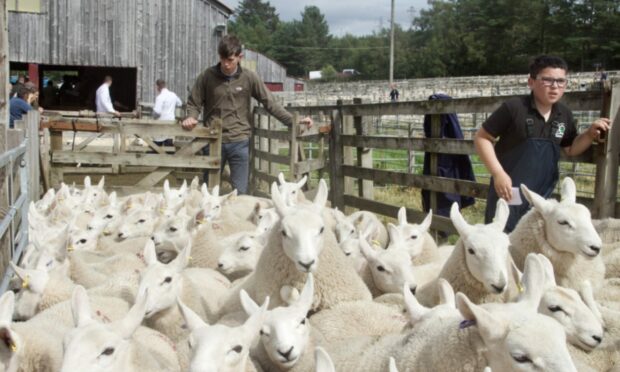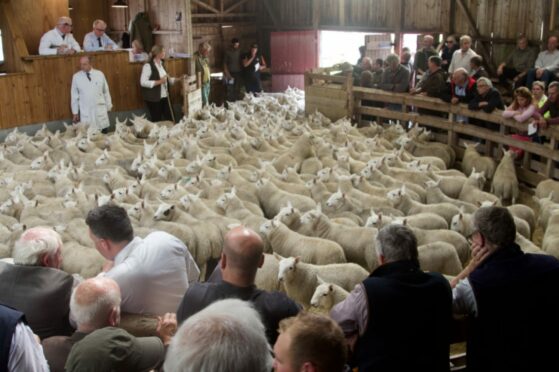Most of the year our cashflow feels like it goes one way – out.
That’s why this week, when we sell a large portion of our lambs store in Lairg, it’s good to see an injection of cash back into the bank account.
It was a relief for many of the consignors to Lairg this week that the demand was good for North Country Cheviot lambs, with strong prices for both wedders and ewes.
We’ve been lucky and the lambs we sold this week had hardly seen a bad day of weather from when they were born in the second half of April and into May. We were fortunate to have enough rain to keep the grass growing.
The drought and burnt land in the south, which looks desperate, alongside the rapidly rising production costs faced throughout agriculture, had me worried about the market for our hill lambs. I’m relieved but will be watching the prime lamb trade over the winter and into the spring, when these store lamb buyers will hopefully make a profit.
I often hear remarks that things aren’t the same as they used to be in the hills, with fewer ewes, shepherds and changes.
I saw a map last year which backed this up and highlighted the reduction in sheep numbers.
Between 1997 and 2015, the flocks in the north, west and the Western Isles declined dramatically, with some parishes losing 55-92% of their sheep. Many other flocks have been dispersed through the sale rings since 2015, when that data and map were put together.
Some areas were overgrazed and land continues to be overgrazed – but with marauding red deer instead of sheep in some areas.
Change is good for us all, otherwise we’d still be living in the dark ages, but dramatic change can have unforeseen consequences.
When you listen to economists you’ll hear about the loss of critical mass from crofting and farming areas and how that affects the wider rural community. The loss of production has an impact on businesses up and downstream, from that change of activity. For example, with fewer livestock we rarely see a vet passing on the road anymore.
Accounts
A quick look at our own profit and loss account highlights where our lamb cheque is spent.
Most of it goes back into local businesses and suppliers – vets, agricultural merchants, garages, machinery dealers, fuel suppliers and local shops. Alongside contractors for shearing, lambing, field work, building repairs, fencing and holiday cottage changeovers.
It’s very much a circular economy.
There were more young faces around the sheep pens at this week’s sale. To be honest everyone seems younger to me nowadays, but there’s a determination and passion in some that will hold them in good stead for the future.
I spent as much time talking about peatland restoration, rewetting, sequestration of carbon and wool, as I did discussing sheep at Lairg. We’re treating wool like a by-product but 50% of the weight of wool is organic carbon, compared to 40% in water-thirsty cotton. The fact we are now talking like this is good.
Soil
We soil sampled four parks before stitching grass into silage aftermath last month. The organic matter levels are running between 8%-18%. Perhaps grazing livestock aren’t the villains of the piece after all.
Whether you are young, old or middle aged, have a read or a listen to Who Moved My Cheese by Dr Spencer Johnson. I enjoyed this audiobook while weed wiping bracken on a hill face. It’s short, simple and great advice on dealing with change in work and life.
Adapt or die.











